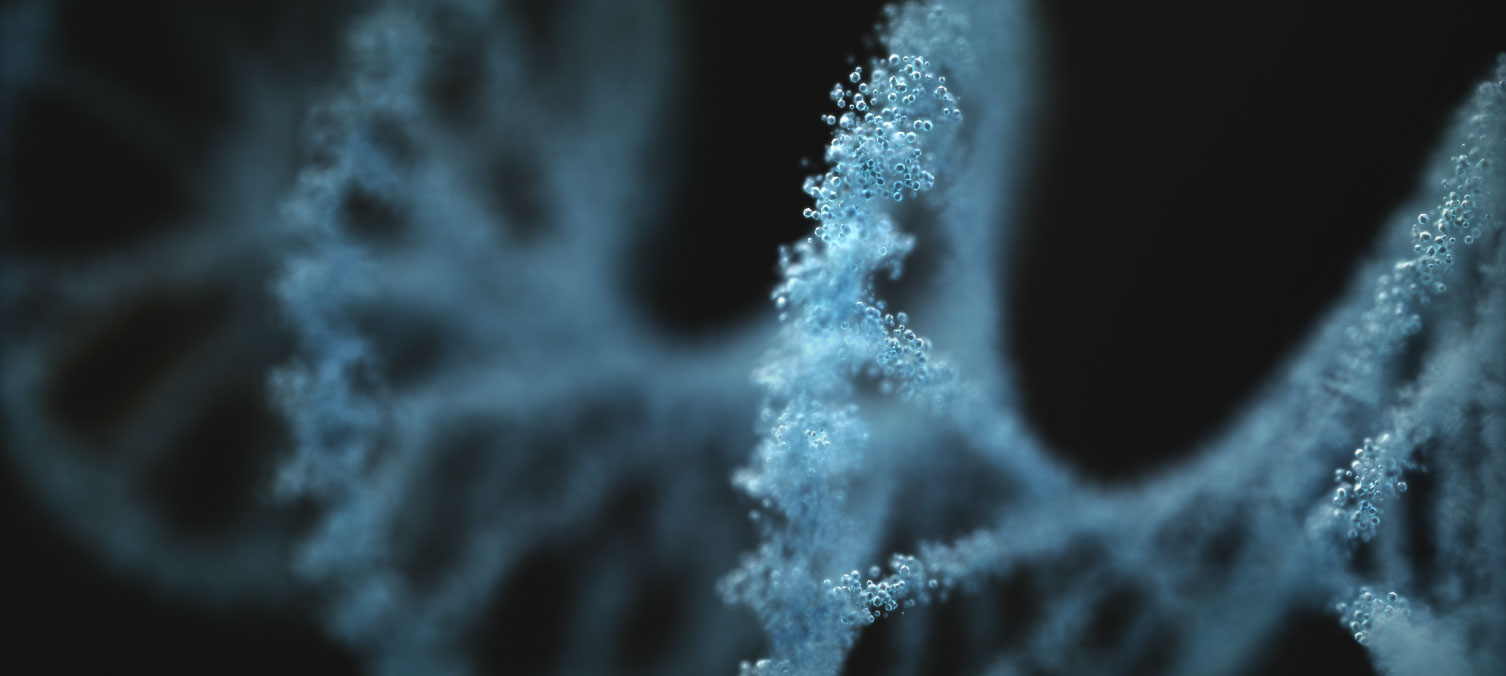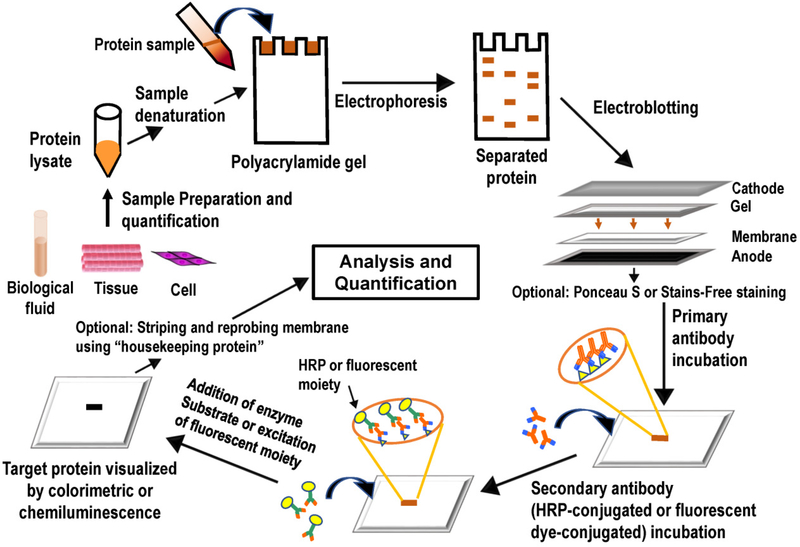The gut microbiome is the total collection of bacteria, fungi, viruses, and protozoa, and their entire genetic material present in the gastrointestinal tract (GIT). Microorganisms in the GIT could be mostly symbiotic while others are occasionally pathogenic which led to the exploration of potential gut microbe-host interactions. The gut microbiota’s role is vital in the absorption of nutrients and minerals, enzyme synthesis, metabolism of vitamins and amino acids, and short-chain fatty acids (SCFAs) production. The totality of these interactions has impending effects on immune, metabolism, and neuroendocrine responses. For example, the by-products of fermentation such as propionate, acetate, and butyrate improve epithelial barrier integrity, provide protection against pathogens, and facilitate the functioning of epithelial cells. In research, the presence of specific proteins could be identified through a western blot procedure.
Western Blot (WB) is a method allowing separation, identification, detection, and analysis of proteins. It involves the separation of a protein mixture through gel electrophoresis and then transferring or blotting them into a membrane where they are specifically visualized through labels which are antibodies specific to the protein of interest. The procedure was first described in 1979 by Towbin et al as the transfer of proteins from polyacrylamide gel after electrophoresis to nitrocellulose sheets where the gel pattern was accurately obtained. Figure 1 shows the highlights of the western blot procedure to separate and visualize proteins.
Figure 1. Schematic diagram of the western blotting technique (Mishra et al., 2017)
An application of western blot in gut microbiome research is in the field of metaproteomics which is the study of the microbial proteome and how the gut microbiome interacts with the host. Cell-level western blotting could expose cell-to-cell variations simultaneously within complex populations of approximately 2000 cells. The identification of multiple proteins enables researchers to get a hold of the functional characteristics and activity of the gut microbiome. Moreover, the metabolites produced by the gut microbiome have been shown to affect the physiology and alter the intestinal permeability of the host. The presence or absence of some proteins or metabolites in the gut microbiome could be then associated with a disease response or an improvement in the health of the host (Ashman et al., 2019). However, the western blot is only useful when antibodies are readily available, when protein abundance and antibody sensitivity are sufficient, and when confirming biologically relevant findings. Low protein abundance and unavailable antibodies are disadvantageous when implementing western blot. The weaknesses of the western blotting procedure could be minimized through the Auto-Western Service provided by CD Genomics.
CD Genomics offers protein detection for samples as low as 5 µl volume and 0.2 µg/µl concentration. Signal response is still exhibited down to the nanogram to the pictogram range of the sample. A full analysis report of the sample is included in the service with an optional standard curve for an additional charge. The Auto-Western Service procedure is shown as follows.
CD Genomics' auto-western service uses a highly accurate and precise state-of-the-art capillary immunoprobing system with a vast pre-validated antibody library or you can also send your own antibody. CD Genomics is a pioneer of the advancement of high-quality protein and antibody array technologies and sequencing technologies. For additional information on our western blotting services or sequencing services, please feel free to visit our website and contact us.
Reference
1. Cresci, G. A. M., Izzo, K. Gut Microbiome. Adult Short Bowel Syndrome, 2019, 45–54.
2. Handler, D., Pascovici, D., Mirzaei, M., et al. The Art of validating quantitative proteomics data. PROTEOMICS, 2018.
3. Mahmood, T., & Yang, P. C. Western blot: technique, theory, and trouble shooting. North American journal of medical sciences, 2012, 4(9), 429–434.
4. Mishra, M., Tiwari, S., Gomes, A. V. Protein purification and analysis: next generation Western blotting techniques. Expert review of proteomics. 2017, 14(11), 1037–1053.
*For Research Use Only. Not for use in diagnostic procedures.



